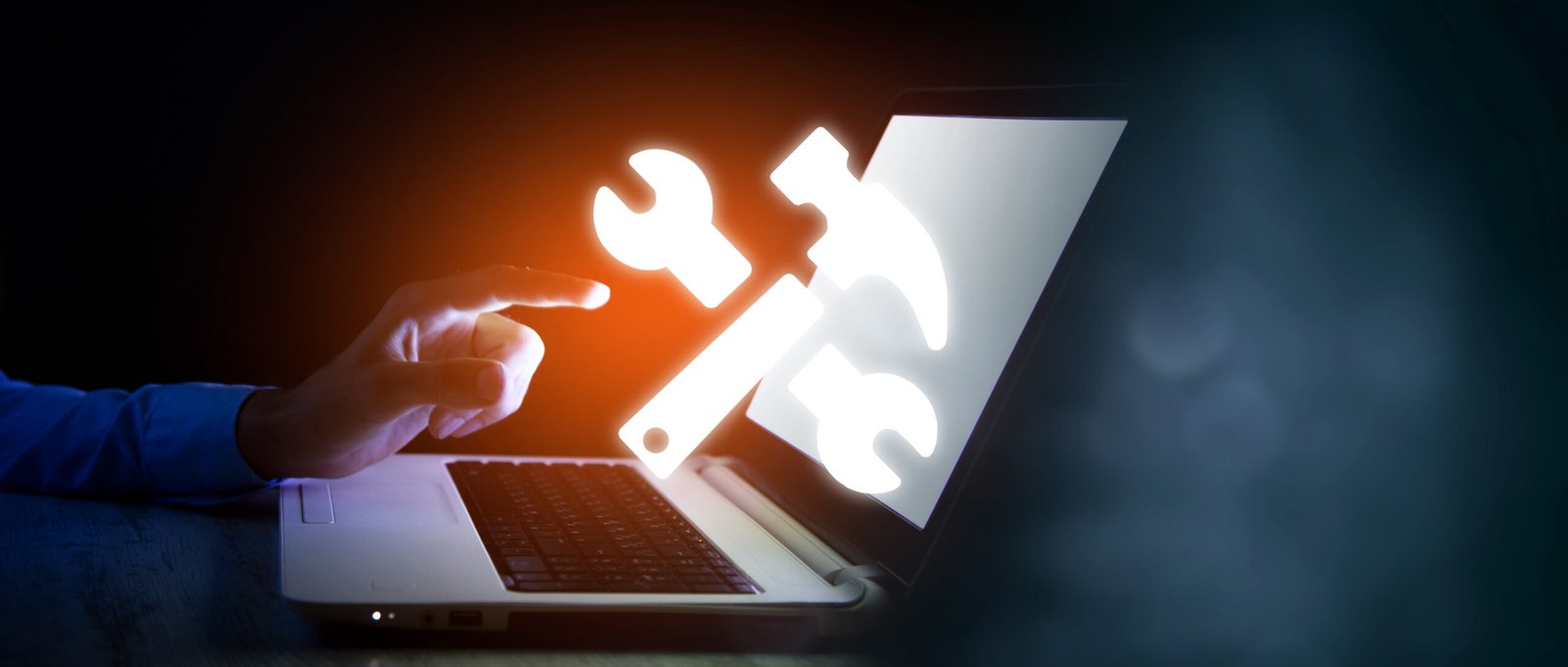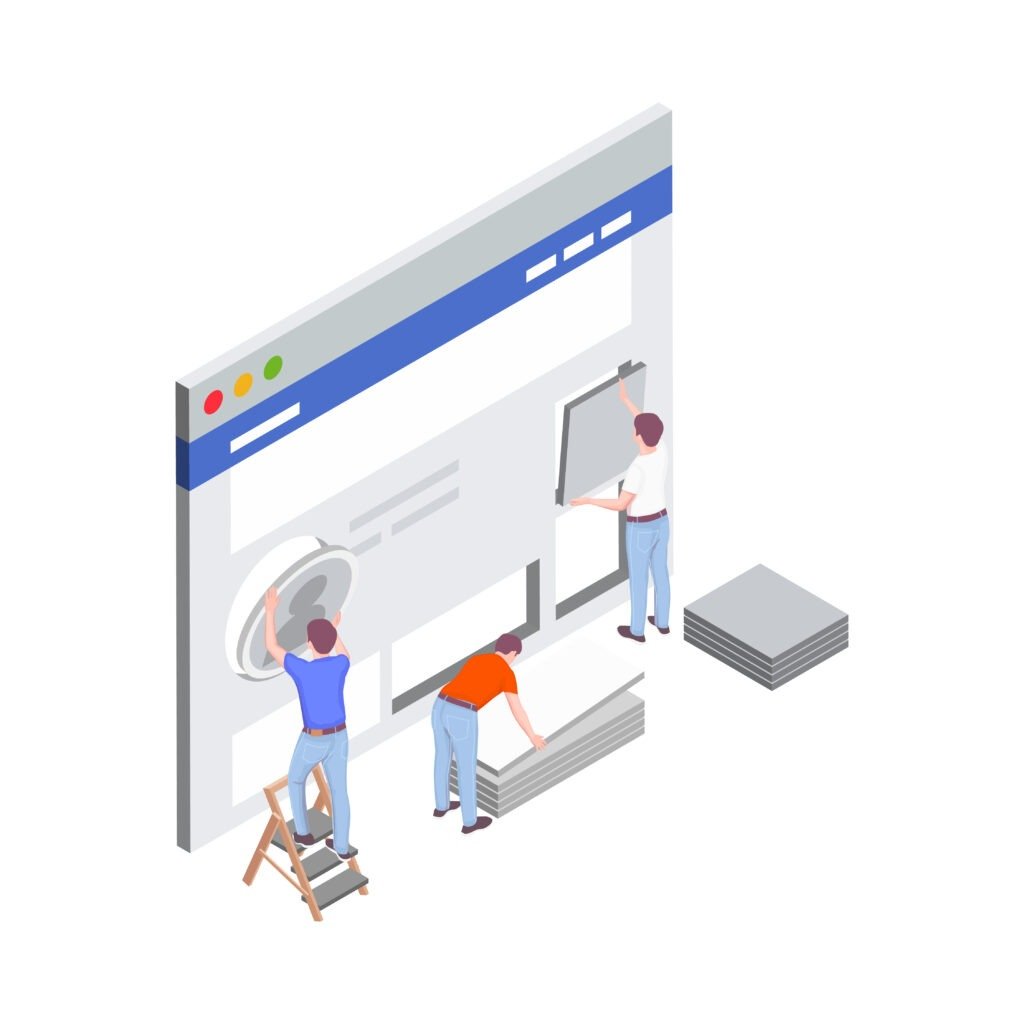
WordPress is the most popular content management system (CMS) on the web, powering over 40% of all websites. With great power comes great responsibility – WordPress sites require regular maintenance and care to keep performing optimally. But what exactly is WordPress maintenance, and why does it matter so much?
WordPress maintenance refers to the behind-the-scenes tasks required to keep your WordPress site running smoothly. This includes things like updating plugins, themes, and WordPress core to the latest versions. It also involves monitoring and optimizing your site’s speed and security. Without proper maintenance, WordPress sites can quickly become slow, unstable, and vulnerable to hackers.
Why Regular WordPress Maintenance Matters
Regular WordPress maintenance is crucial for several reasons:
- Security – Outdated plugins and themes are a security risk, since they may contain vulnerabilities that hackers can exploit. Keeping everything updated protects against hacks and malware.
- Speed – An unmaintained site tends to get slower over time. Maintenance keeps things speedy by clearing out unnecessary data and optimizing databases.
- Reliability – Updates fix bugs and issues that can lead to crashes and downtime. Maintenance prevents frustrating errors and ensures maximum uptime.
- Features – New plugin and theme versions add helpful features. Maintenance lets you leverage the latest innovations.
- Design – Keeping themes current gives you access to new styles and customization options for an updated look.
In summary, WordPress maintenance might seem tedious, but it’s essential for top-notch site performance, security, and design. It’s the key to getting the most out of WordPress. Read on to learn WordPress maintenance best practices.
WordPress Maintenance Best Practices

1. Keep Plugins Up-to-Date
One of the most important aspects of WordPress maintenance is keeping your plugins up-to-date. Outdated plugins can expose your site to security vulnerabilities if they contain bugs or exploits that were patched in newer versions. Hackers are constantly looking for sites running vulnerable plugins so they can gain access and cause havoc.
Some signs that you have outdated plugins include:
- Appearance of nag messages asking you to update specific plugins. These notifications usually appear in your WordPress dashboard.
- Browsing the Plugins page and seeing that some have not been updated for a long time. Check the “Last Updated” date to see.
- Your site gets hacked after a new vulnerability is discovered in a plugin you use. The hacker was able to exploit it before you updated it.
To keep your plugins current:
- Enable automatic background updates for plugins if your hosting allows it. This ensures they update themselves.
- Manually check for plugin updates regularly and update any that are available. Do this at least monthly, if not more often.
- Remove inactive plugins you are no longer using. Eliminate potential vulnerabilities from unused code.
- Only install reputable plugins from the official WordPress repository. Avoid plugins from questionable sources.
- Monitor plugin ratings and reviews to see if users report issues that could indicate vulnerabilities.
Keeping plugins updated takes a bit of regular maintenance, but is crucial for security. Don’t let your site be an easy target by running outdated plugins full of holes.
2. Update Themes
Keeping your WordPress themes up-to-date is crucial for maintaining a secure, well-functioning site. As themes age, they can become vulnerable to hacks and exploits if security updates are not applied. Newer theme versions also often add useful features, improvements, and bug fixes that you’ll want to take advantage of.
Outdated themes that don’t receive updates are security liabilities. Exploits that work on older theme versions can provide hackers a foothold into your site. By updating to the latest theme release, you close off these vulnerabilities. Most premium theme developers regularly push out security patches.
New theme versions can provide major enhancements. For example, upgrading may add support for newer WordPress features, customization options, drag-and-drop page builders, or integration with popular plugins. Staying updated ensures your site benefits from the theme developer’s ongoing work.
The update process itself is straightforward. In your WordPress dashboard, navigate to Appearance > Themes and click the “Update” button next to the theme name. This will download and install the new files. Be sure to confirm the update works as expected. In rare cases, theme updates may impact your site’s appearance or require additional tweaks. But overall, keeping your themes updated is one of the easiest and most effective ways to keep your WordPress site secure.
3. Manage Comments
Comments are an important way for readers to engage with your content. However, they can also be abused by spammers. It’s important to regularly moderate comments to keep your site clean.
Unmoderated comments quickly become overloaded with spam. This creates a poor user experience and can even impact your site’s performance. Spam comments may contain malicious links or content that could get your site flagged.
To prevent spam comments:
- Use an anti-spam plugin like Akismet to automatically detect and block spam. This plugin analyzes comments and filters out obvious spam.
- Moderate comments manually. Check pending comments regularly and delete any spam missed by plugins.
- Use CAPTCHAs to require human verification before posting comments. This makes it harder for bots to spam your site.
- Limit who can comment by requiring user registration or approval for new commenters.
- Set comments on posts older than a certain number of days to automatically close. Spammers target old content.
Staying on top of comment moderation protects your site’s security and integrity. It also fosters meaningful discussions with real readers. With the right tactics, you can have active comments without constant spam.
4. Update Permalinks
Permalinks are the URLs that point to your WordPress pages and posts. Over time, these can become corrupted as content is changed or deleted. Resetting your permalinks clears out any invalid links and recreates the structure.
To update permalinks, go to Settings > Permalinks in your WordPress dashboard. Then simply click the “Save Changes” button without making any edits to the settings. This will flush your permalinks and recreate the URL structure.
Resetting permalinks can fix 404 errors if pages or posts aren’t loading properly. It also clears out old links if you’ve changed your permalink structure.
Keeping your permalinks updated helps ensure proper site functionality and optimization. It’s a quick task that should be part of any regular WordPress maintenance routine. Just a few seconds to click “Save Changes” can prevent broken links and errors across your site.
5. Clear Out Unused Media
Unused media files like images, videos, and documents can quickly accumulate and take up storage space on your web hosting account. Even if you diligently go through and delete unused media attachments when you edit or remove posts, there are often many stale media files left behind.
Over time, your media library may become bloated with images that are no longer displayed anywhere on your site. Videos that are no longer embedded in posts can linger as well. This unnecessary media clutter tends to get worse over the years as content changes.
Cleaning out unused media files helps free up web hosting disk space on your account. This allows your site to operate faster and prevents you from potentially exceeding your web host’s storage limits. It also minimizes security risks since there are fewer old media files available that are never used.
The best way to handle unused media is by installing a plugin that scans your media library and detects files not attached to any content. Popular options include WP-Sweep, Optimizer, and Media Cleaner. The plugin will identify media that can be deleted, allowing you to easily clear out unused files.
Alternatively, many hosts provide tools that analyze disk space usage and help identify unused files taking up space. Some web hosts even offer automated cleanup of unused media files. Check with your host to see if they offer any built-in tools for identifying and deleting unused media clutter.
Regularly clearing out unused media ensures your WordPress site runs lean and mean. Removing unnecessary files frees up valuable web hosting disk space and improves overall site performance. It’s a quick WordPress maintenance task that yields big benefits.
6. Update WordPress Core
Keeping WordPress up-to-date is one of the most important things you can do for the health and security of your site. WordPress releases major updates several times per year, as well as security patches on an ongoing basis. These core updates fix bugs, close security holes, and add new functionality to WordPress.
Failing to update WordPress leaves your site vulnerable to attack. Outdated WordPress sites are a prime target for hackers looking to exploit known vulnerabilities that have already been patched in newer versions. Statistics show that sites running older versions of WordPress are hacked 300% more often than sites on the latest version.
Whenever a new major release comes out, you should update your site right away. It only takes a few minutes, but it could prevent a disaster down the road. The WordPress dashboard makes it easy to update your site with a single click. Just go to “Updates” and click “Update Now” when a new version is available. It’s a good idea to back up your site first, just in case. But overall, core updates are seamless and help keep your site secure.
7. Backups
Regular backups are crucial for any WordPress website. Without proper backups, all your hard work building the site can be lost in an instant.
If the server crashes or gets hacked, a backup is the only way to restore the site. Backups give you a way to roll back to a previous version if something goes wrong with an update or change to the site. They serve as an insurance policy against catastrophe.
It’s recommended to have both onsite and offsite backups of your WordPress site. Onsite backups to your web server give you quick restores if needed. Offsite backups to a remote location protect against more catastrophic scenarios like hardware failure or data loss on your web host.
Popular backup plugins like UpdraftPlus make it easy to schedule and automate backups to cloud storage services like Google Drive or Dropbox. With offsite backups, you can download and restore your site even if the web server itself is inaccessible.
Overall, regular backups prevent losing all the hard work invested in a WordPress site. They provide insurance against data loss and give you options to restore your site if disaster strikes. For any business-critical or high-value site, ongoing backups are an absolute must.
8. Monitor Site Speed
A fast, optimized website leads to better user experience, higher conversion rates, and improved SEO. On the other hand, slow site speed frustrates visitors, hurts conversions, and negatively impacts search engine rankings.
Google has confirmed that site speed is a ranking factor. Faster loading pages tend to outrank slower ones. This is because Google wants to provide the best user experience by surfacing fast, optimized sites in their search results.
There are a few things that can slow down your WordPress site. Bloated plugins, unoptimized images, inefficient code, and overly large page sizes are common culprits. As a site owner, you should regularly monitor your site speed and take steps to optimize it.
Use online tools like Google PageSpeed Insights and Pingdom to analyze your site performance. Check both desktop and mobile speeds. Aim for page load times under 2-3 seconds. Anything higher means you need to investigate optimization techniques.
Some ways to speed up WordPress include:
o Enable caching plugins like WP Fastest Cache to reduce server requests.
o Compress images with EWWW Image Optimizer or Smush.
o Minify CSS, JavaScript, and HTML files with Autoptimize.
o Deactivate unused plugins. Too many can bog down your site.
o Switch to a faster web host if needed.
Slow site speed drags down the user experience and damages SEO. By monitoring and optimizing speed as part of regular WordPress maintenance, you’ll keep your site running fast for visitors and search engines alike.
Regular WordPress maintenance is crucial for keeping your site running smoothly, securely, and optimally. Neglecting updates and letting your site become cluttered can lead to a number of issues down the road.
By consistently staying on top of updates, clearing out unused media, moderating comments, refreshing permalinks, and backing up your site, you can avoid many technical headaches. Your site will run faster, have fewer security vulnerabilities, and be easier to manage overall.
The time investment required to properly maintain a WordPress site is minimal compared to the major problems that can occur if maintenance is ignored. Issues like hacks, downtime, and a cluttered backend can be prevented with simple, periodic maintenance.

In summary, proper WordPress maintenance leads to better performance, security, user experience, and site management. It should be part of any website owner’s regular routine. The small amount of time required is well worth avoiding catastrophic issues down the road. Your future self will thank you.
Bio
WebHub is your one-stop partner for digital success. Our team of experts in web design, development, marketing, and creative fields works together to craft custom solutions that propel your business forward. We believe in building trust and exceeding expectations through exceptional service, quality, and transparency.




